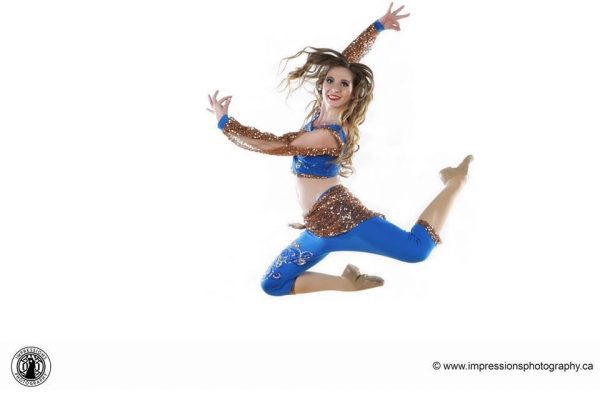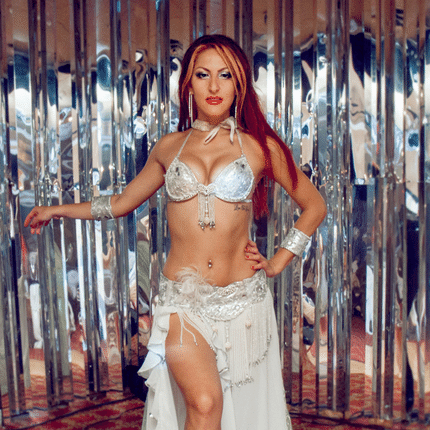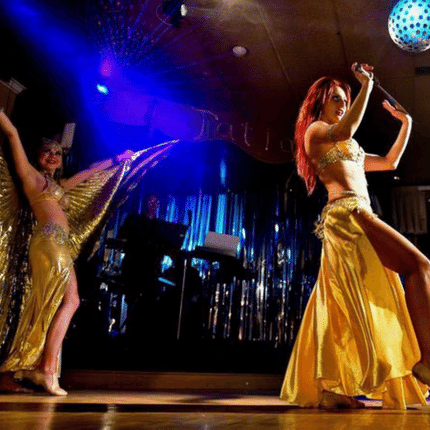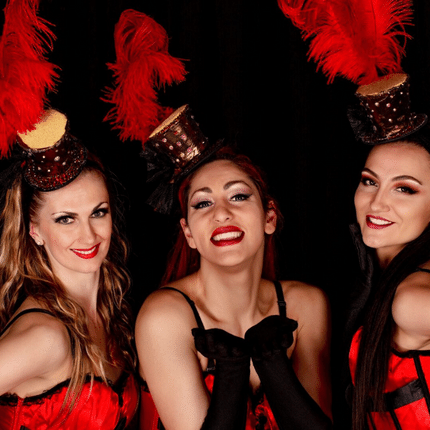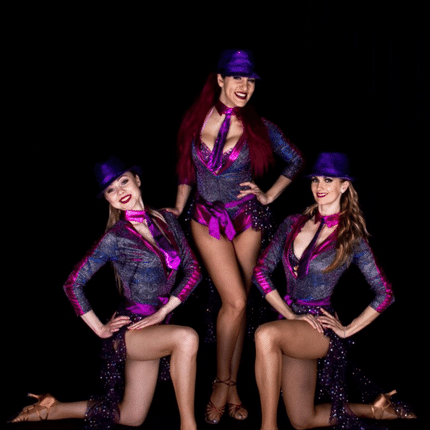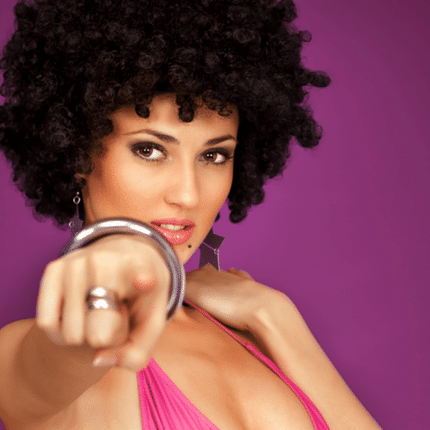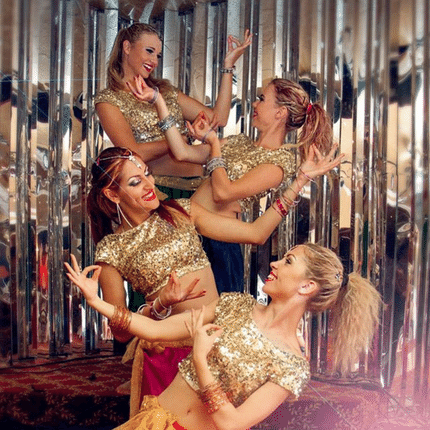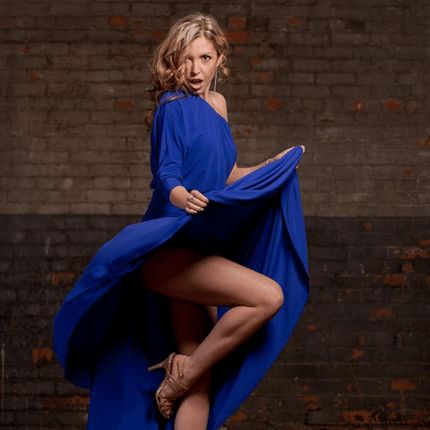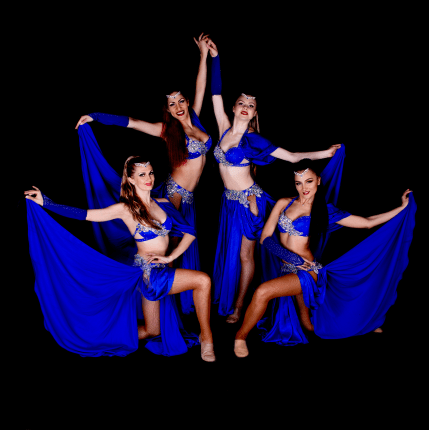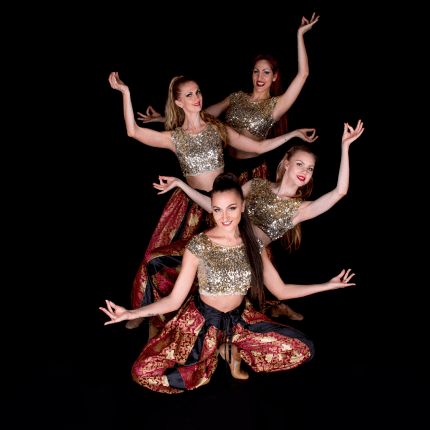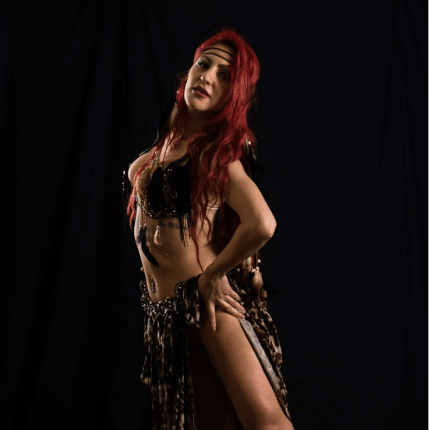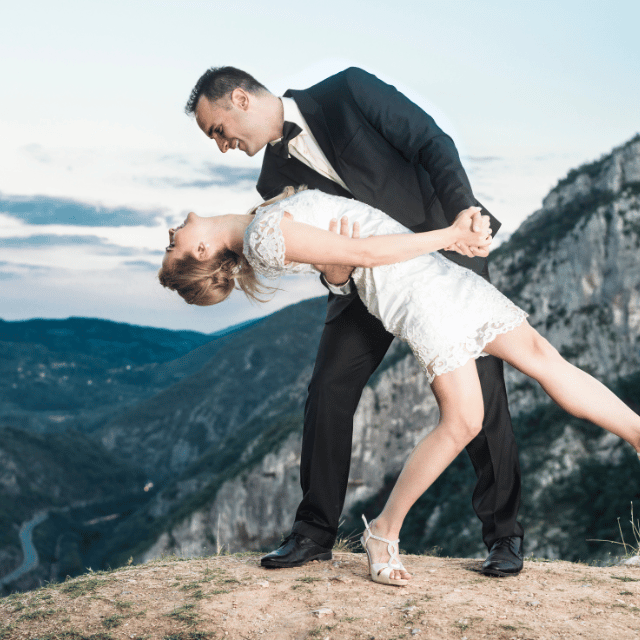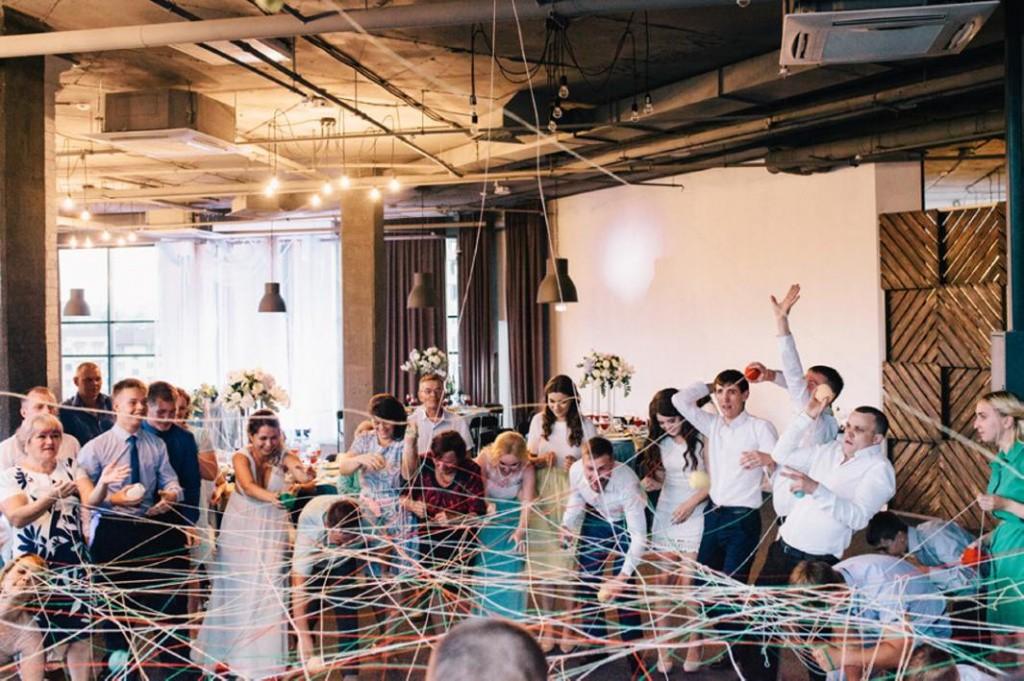If asked which country is the most temperamental, you would probably say Italy. The most passionate - Spain. The most romantic, of course, France. Where do they dance the most? Of course, in India. Indian dances are both a colourful performance, a story with a plot, and communication.
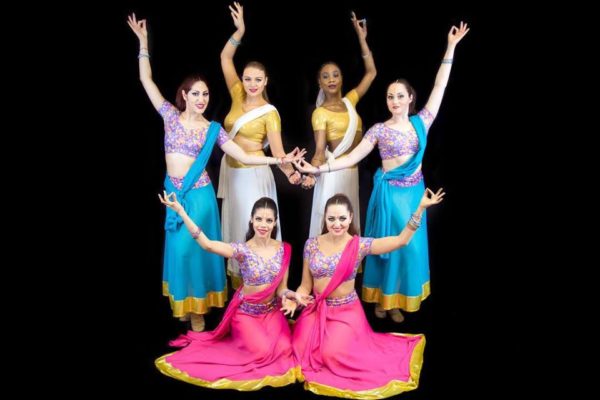
Why does everyone dance in India? This question often evokes a smile and many different answers from an Indian person. The most common one is "This is a way of communication." Indeed, thousands of gestures, each of which carries a meaning, can convey thoughts and feelings and tell a story. This is incredibly valuable, given that there are many languages and dialects in India, and people from neighbouring regions often do not understand each other.
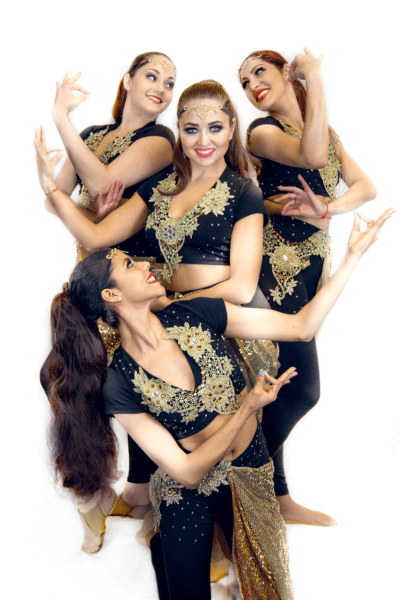
Another answer is Bollywood. Many beloved Indian films are announced and advertised uniquely. A music video with a catchy soundtrack on the background is a standard movie trailer. Finally, there is a religious reason. It is hard to say for how many centuries dance has accompanied ritual ceremonies. What else is left to say? Of course, the place will be filled with dance, if god himself dances there.

Dancing in India is an additional language, the words and letters pronounced by the dancer's body. In this language, the smallest details have significant meaning. The performance itself can be compared to constructing a building—first, a foundation that gradually becomes overgrown with windows, stucco moulding, and small decor details.
The Indian plot dance framework is called the Angahara, and it consists of a specific set of karanas. Karanas in India are called 108 postures of Shiva. This amount is enough to create the basis for any story.
Then the dancer reveals details and accents with the help of a variety of hand and finger gestures - hastas and mudras. Using mudras, the dancer can show objects, actions, emotions and even abstract concepts. The vocabulary of gestures is so extensive that it has over 500 different meanings.
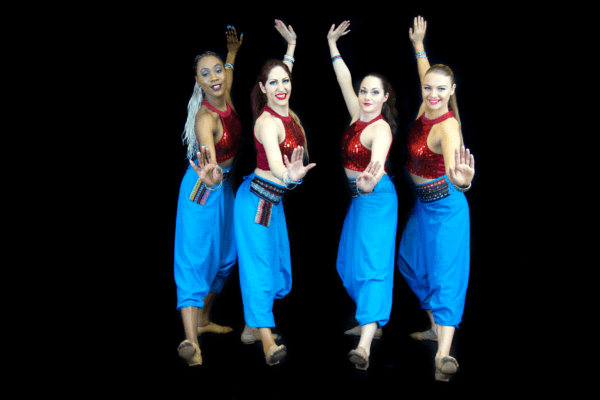
HIRE FEMALE DANCERS: INCREDIBLE ENTERTAINMENT
In addition to choreography in Indian dance, acting is of great importance - the artist's ability to act out emotions and events with face, head and neck. For example, raised eyebrows and eye movements from side to side signify love. This gesture, along with the neck movement to the sides, you probably saw in Indian romantic films in a scene where dance is demonstrated during courtship or dating of lovers.
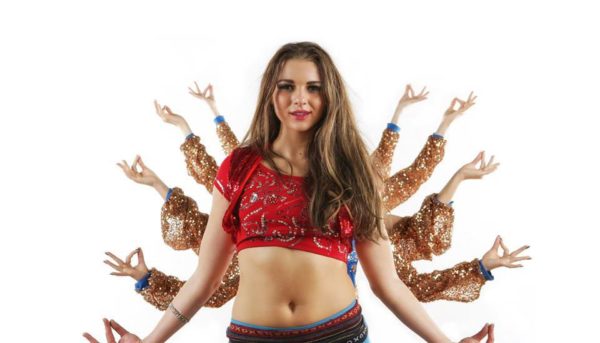
It's clear: body language in India is a complex multi-component formula that tells a story without a single word. The slightest mistake or carelessness in the movement is unacceptable for an Indian dancer - it can distort the narration or even completely change the meaning.
Having learned about the versatility and depth of Indian dances, try an experiment. Play a dance scene from an Indian movie with the muted sound, and try to understand what they are telling the viewer from the dancers' movements. Surely you will notice many new details that you missed before, and maybe even see the story from a new perspective. Because in Indian dance, sometimes, one eyebrow movement can tell you more than six hundred words.
